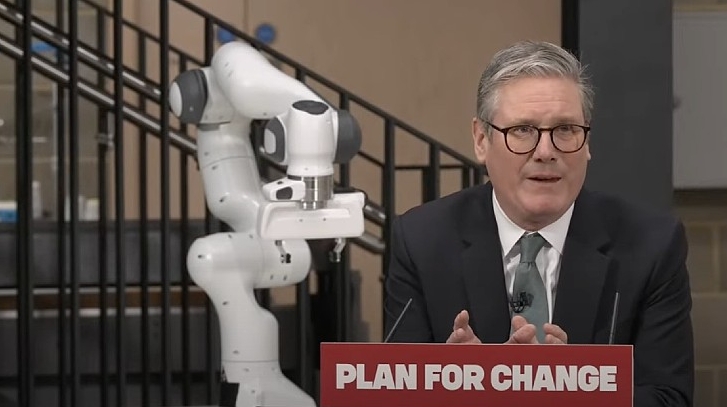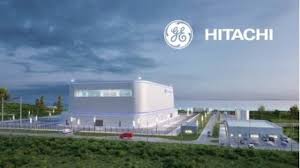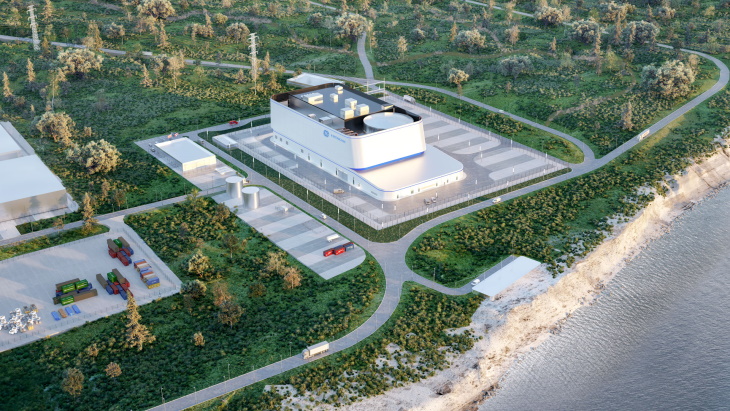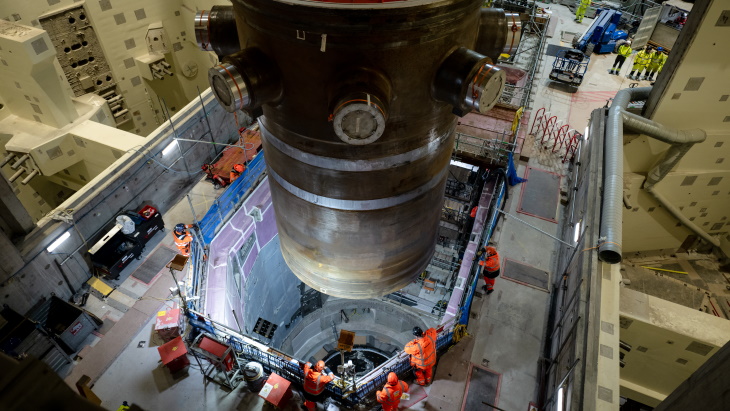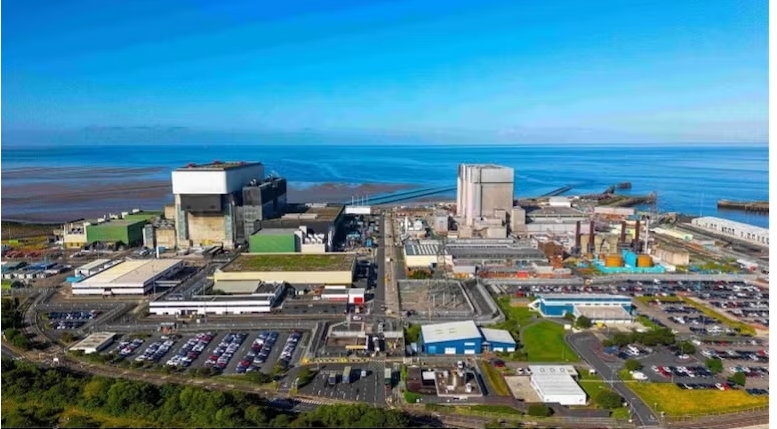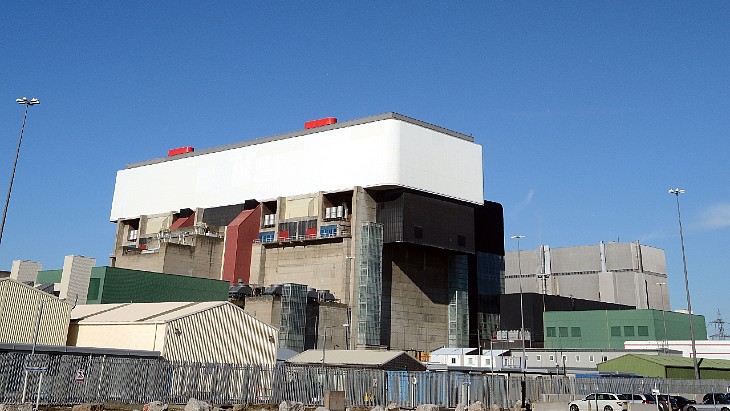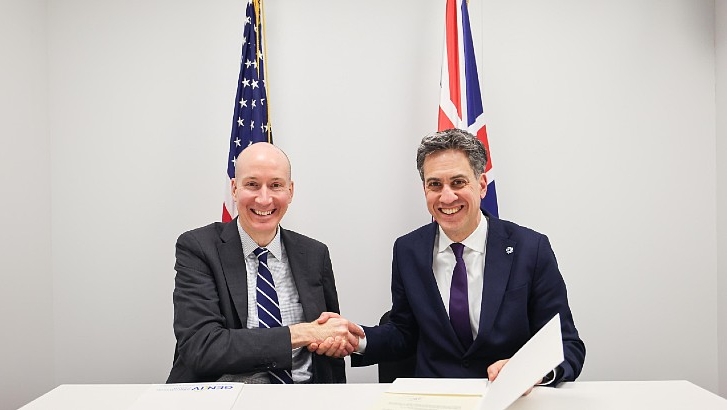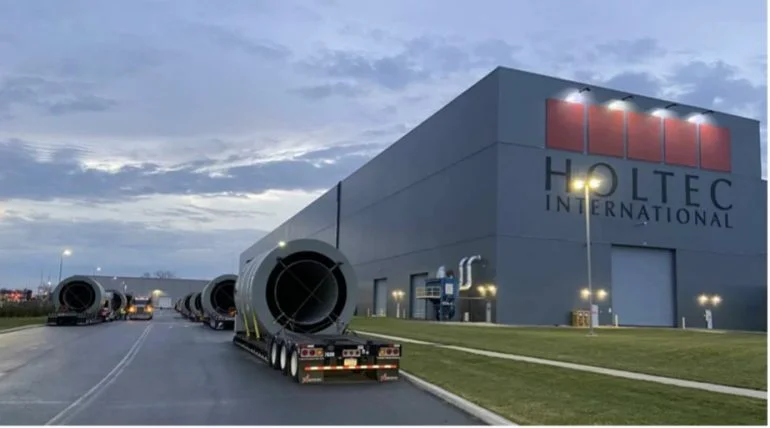The proposal, which has been sent for approval to SRP's Board, would increase the power plant's number of single-cycle gas turbines to 28 from 12, increasing the plant's capacity by 820 MW, to approximately 1,390 MW. Coolidge Generating Station has a quick-start time of 10 minutes, according to SRP's website.
The additional gas-fired capacity was touted not as an expansion of baseload generation, but as a strategy to help the utility adjust to daily fluctuations in solar output.
"Expanding our Coolidge Generating Station is a critical step in creating a reliability backbone for SRP customers," said CEO and General Manager Mike Hummel in a statement.
SRP doubled down on solar generation in May, committing to add a total of 2,025 MW of new utility-scale solar energy by the end of 2025.
Worsening drought conditions in the West have likely contributed to the proposal. SRP operates and maintains a number of hydropower facilities in Arizona, which provided 640,762 MWh of SRP's total generation in 2020. The Bureau of Reclamation issued its first-ever water shortage in the Colorado River Basin in mid-August, which could substantially limit water flows to states in the Lower Basin such as Arizona. Earlier this month in California, low water levels forced the closure of the 750-MW Hyatt Powerplant near Lake Oroville for the first time ever, with the reservoir measuring 24% of capacity.
Power prices across the West have been elevated this year due to supply concerns amid extreme weather. Palo Verde on-peak day-ahead averaged about $147/MWh in June and $104.50/MWh in July, 387% and 96% higher than the five-year average, respectively, according to S&P Global Platts pricing data.
Battery storage
Gas-fired generation is not the only reliability tool featured in SRP's future planning, it said. The utility has laid out plans to add 400 MW, or 1,600 MWh, of battery storage by 2023, most of which will be co-located with solar installations.
SRP has a goal to reduce carbon intensity by more than 65% in 2035 and by 90% in 2050 from 2005 levels. Arizona has a statewide goal of 15% renewables by 2025. Earlier this year, the Arizona Corporation Commission voted down a plan for 100% clean energy plan by 2050.
SRP opened its first utility-scale battery storage project in June, according to Energy Information Administration data. The project, co-located with steam turbines and solar at Agua Fria in Maricopa County, has a nameplate capacity of 25 MW.
New York has one of the most aggressive decarbonization plans in the country through its Climate Leadership and Community Protection Act, which sets goals for building several gigawatts of renewable energy capacity, including offshore wind, battery storage and the transmission lines to connect those resources with urban demand centers, particularly New York City.
In this edition of the Platts Commodities Focus podcast, Jared Anderson, senior writer with S&P Global Platts, speaks with Sophie Brochu, CEO of Hydro Québec, whose company is active in the transition to cleaner energy sources and has submitted a proposal to transport hydropower from Québec's large network of reservoirs into New York City via a high-voltage direct-current transmission line.
Additionally, Kieran Kemmerer, power market analyst with S&P Global Platts Analytics, offers perspective on the outlook for New York's clean energy ambitions and how the state's goals could impact power supply, demand, and pricing dynamics.
